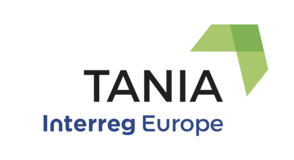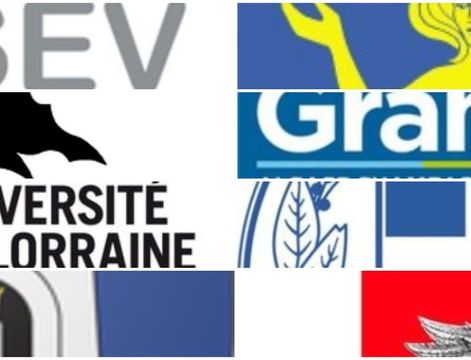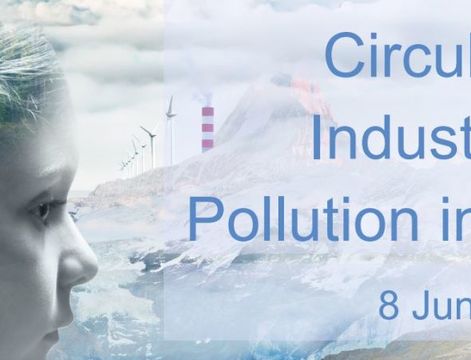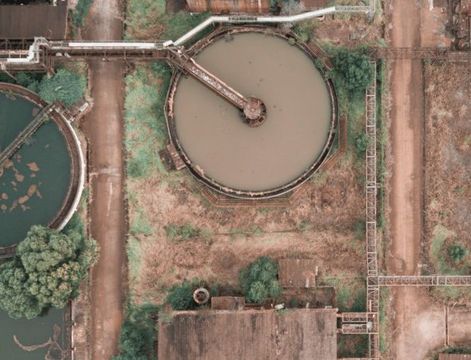In the context of the fifth call, an interregional project partner meeting was held in Metz on 7 June 2022, attended by the partners together with invited stakeholders.
The meeting opened with a speech by Sabine François, Deputy Director for Transitions of the Région Grand Est, who emphasised that TANIA had led to a very important call for projects in the region. So far, 32 projects have been funded with 13 million Euro for innovative brownfield remediation techniques in the Gran-Est Region.
After the initial overview of the activities planned, carried out and to be carried out, the focus of the meeting was on the state of the art and the contributions developed by the partners on the pivotal topic on which the participation in the fifth call of the TANIA project is based, namely 'The future of SARS-CoV2 in urban soils - consequences for public policies'.
Each partner, through special 30-minute sessions, provided an overview of their contributions and indications on regional policy development with the support of their relevant stakeholders present at the event.
In summary:
- Professor Jean Louis Morel presented an overview of the work done so far on the connection between SARS-CoV2 in urban soils and public policy development.
- It was clear from the discussion among the partners that there was a shared view that it would be important to promote collaboration between research, industry and public authorities and that, in addition, there was a need for cross-sectoral participation and multi-level governance efforts among public authorities.
- In conclusion, the meeting was very fruitful and showed a strong unity of purpose within the partnership. Scientific work and draft policy recommendations are increasingly being finalised. In parallel, work will have to be done on the joint scientific position paper and the search for new funding opportunities.












